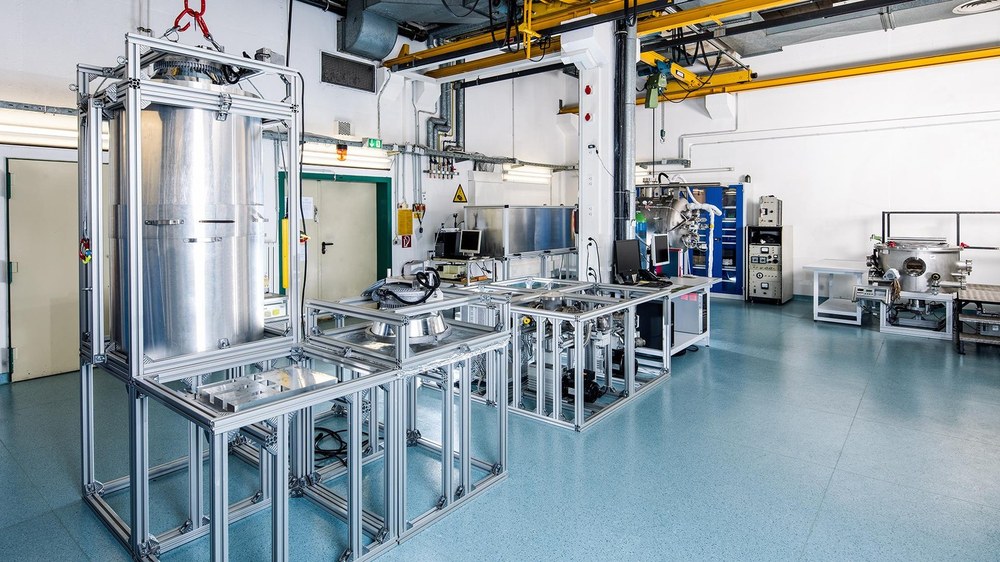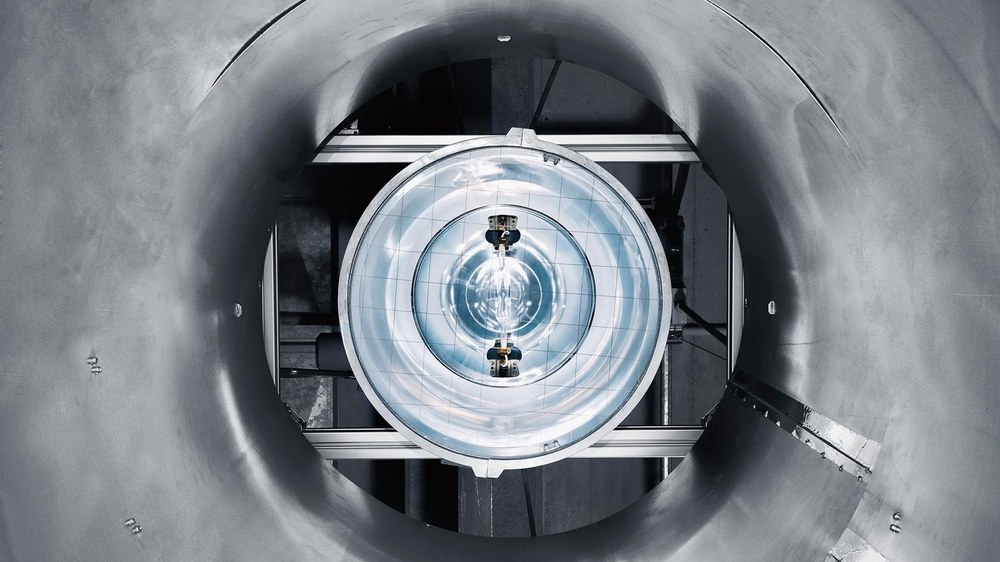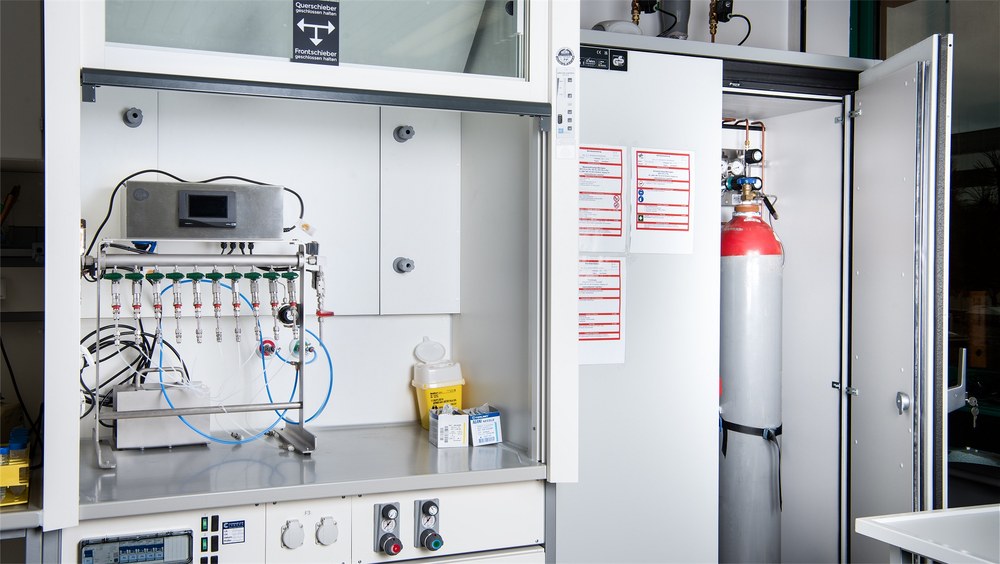AstroBiologY Space Simulation facilities (ABYSS)



Space exploration and the development of space technologies are playing an increasingly important role, not least due to the planned return to the Moon. Experiments with various biological objects in space offer a unique opportunity to determine the limits of life and to investigate adaptation mechanisms. The simulation of environmental parameters as they prevail in space or on other planets or moons is a fundamental prerequisite for the development of space experiments. The suitability of the selected biological objects for the planned space experiment must be validated in advance. The hardware is extensively tested before it is exposed to the harsh space conditions. The Astrobiological Space Simulation Facility ABYSS at the DLR Institute of Aerospace Medicine provides various space-relevant environmental conditions such as vacuum, special gas mixtures, extreme temperatures and extraterrestrial radiation for biological experiments and relevant hardware tests.
ABYSS is particularly equipped for experiments with microorganisms and cells and is used for the intensive preparation of biological space experiments. The facility thus contributes to a better understanding of the evolution, adaptation and limits of life and provides findings that can also be directly implemented in measures to protect other celestial bodies (Planetary Protection). ABYSS consists of four types of systems that can be combined as required: The vacuum systems themselves are supplemented by cryomats for temperature control, UV and X-ray sources for irradiation and an IT infrastructure for control, programming and data acquisition. In the simulation facilities, a large number of samples are tested under many variations of conditions in order to differentiate the effects of individual or specifically combined environmental parameters. Repeating the experiments ensures the reproducibility of the results.
In the vacuum systems of various sizes, special pumps generate low pressures to simulate the conditions outside the International Space Station (ISS) in low Earth orbit, in free space or the atmosphere (composition, pressure) of celestial bodies such as Mars. An oxygen-free environment under normal pressure in an anaerobic bench enables work with obligate and facultative anaerobic microorganisms. The anaerobic bench is also available for further work in special oxygen-free gases or gas mixtures.
A spectrum similar to the solar spectrum outside the Earth's atmosphere is generated by solar simulators of various strengths, and exposure of biological samples to ionising radiation is carried out in a separate, fully shielded X-ray facility.
Temperature fluctuations or curves as well as cooling during irradiation in the vacuum systems or specially adapted devices are provided using cryomats. The processes can be executed automatically. During space experiments on the outside of the ISS, temperature is continuously measured and compared with the temperatures of the Ground Control and automatically adapted.
Experiments in ABYSS help us to understand the effects of individual environmental parameters on life or materials. Targeted combinations of the system components make it possible to investigate the combined effects (additive, synergistic or antagonistic) of different environmental conditions. For this purpose, the vacuum systems are equipped with special UV-transparent quartz glass windows and flow-through cooling plates.
The facilities provide the infrastructure for pre-flight tests of and with space hardware and organisms that are to be flown into space as part of space experiments. This includes tests such as Science Verification Tests (SVT), Experiment Sequence Tests (EST) and mission-accompanying ground simulation tests (Mission Ground Reference (MGR) and the Ground Reference Experiment (GRE).
